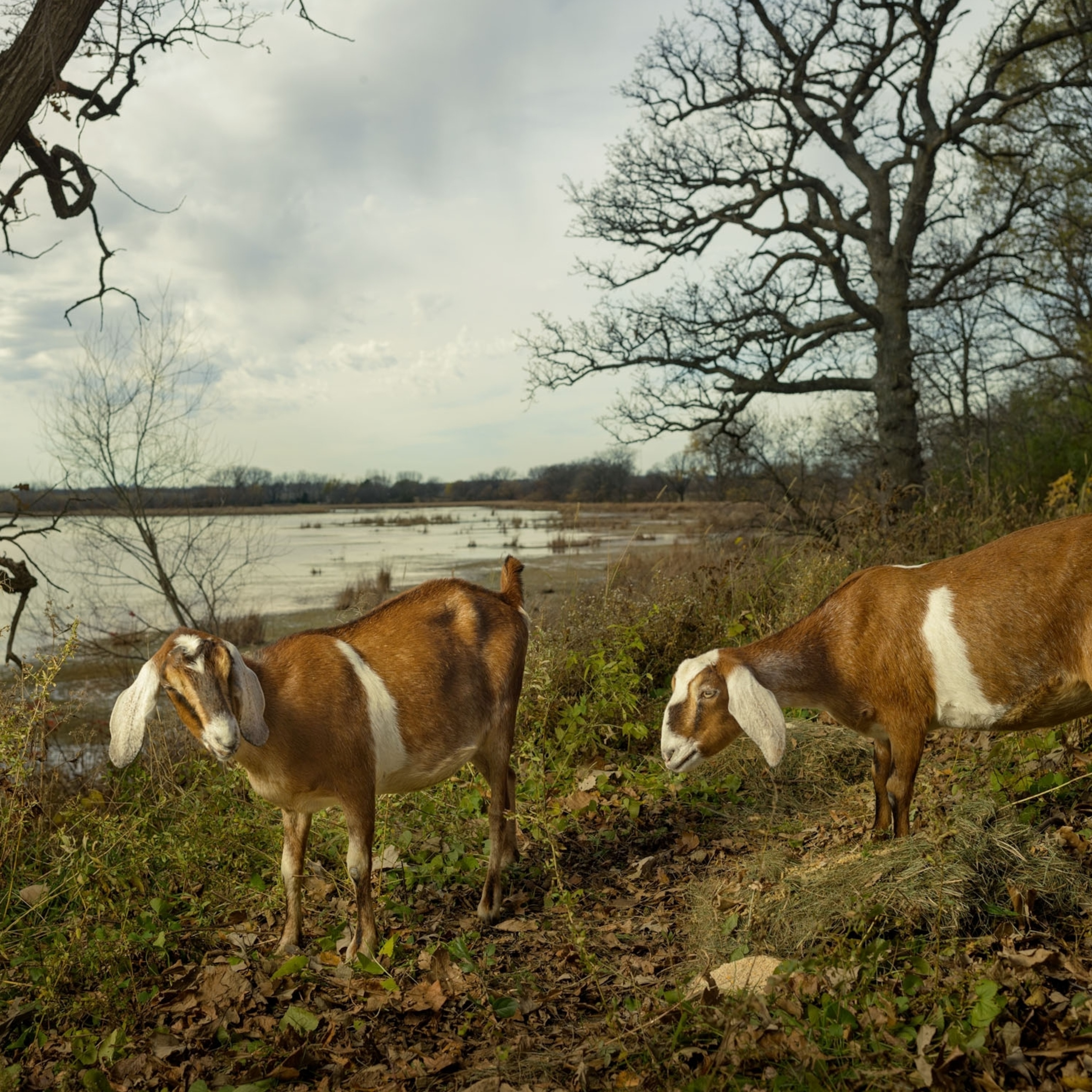Everything You Were Afraid to Ask About Roadkill
What happens when an animal doesn’t make it to the other side of the street?
There are fatalities on all sides when animals share a habitat with human beings. Animals who are migrating, tracking a mate, or looking for food and water have to cross roads, unaware of the speeding metal danger that is the automobile. Each crossing is a danger to them, and they may or may not get to the other side.
Once they are hit, they can cause serious damage to a car or the people in it. If they’re small enough, though, carcasses may appear to drivers as simply furry lumps on the roadside. But that’s not the end of the story. (Read: Four Creepy, Cool Ways Roadkill Helps Science)
There are a variety of different fates that roadkill can meet.
Science
In the 10 years that John Demboski has worked at the Denver Museum of Nature and Science, he has doubled the size of their specimen collection. “One of the ways that we build our collections is we bring in a lot of what we call salvage material,” said Demboski. “Salvage material is stuff like roadkill, dead animals from rehab facilities, or stuff from local agencies.”
The staff at the museum dissect the animals, examine their stomach content, document the date and the location of the animals, analyze DNA, and preserve the skins and bones as teaching specimens. Each animal provides a wealth of information, meaning the museum has built up a sizable collection of the wildlife native to the area.
There are many other ways that roadkill and other animals can help science as well. Where there are scientific projects that use animal remains, roadkill bodies can provide valuable data in the form of DNA, fatality mapping, and as bait for predators that scientists want to tag and study. Research facilities even sometimes use salvage material to study forensic decomposition and anatomy.
Wildlife Scavenging
The most common fate of roadkill is being scavenged by another animal. Carnivores will smell the free street pizza and chow down by the roadside. This can be problematic, though, because then the scavenger is also in danger of a car hitting him.
For that reason, it’s best to pull over and drag animal remains off of the roadway and leave it in the forest, so predators can dine in peace.
But it’s not only coyotes, vultures, and bears that enjoy decomposing carcasses. The circle of life means that all of the nutrients will return to the ecosystem in one way or another. Rodents and deer chew on the bones for calcium. Some species of insects and fungi rely completely on decaying animal matter to sustain themselves. Even when the animal is buried, the bones eventually dissolve and return to the earth.
City Disposal
In cities, there is usually a department that is in charge of collecting and disposing of roadkill. Sometimes it’s a beautification department, sanitation, animal control, or public works.
In the city of Boston, Massachusetts, the Department of Public Works (DPW) sends people in trucks to pick up carcasses. If the animal has a collar, they try to identify the owner, but they don’t scan the animals for microchips. The workers bring the remains back to the DPW campus in anonymous black trash bags, then freeze them in a walk-in. When the freezer gets full, someone from an animal crematorium called “Final Journeys Animal Aftercare” picks up the carcasses to bring to an incinerator.
Other cities have different methods of disposal. Some put the remains in large drums, freeze them, and then discard them in a landfill. Others bury them on the side of the road or compost the bodies.
Food
Why should carrion birds have all the fun of roadside dining? People can eat them, too. In some states, roadkill collection is illegal, but in Massachusetts you can take home and eat any deer you hit yourself. In West Virginia, you can take any roadkill that isn’t otherwise protected.
Bill Eberbaugh is the author of Gourmet Style Roadkill Cooking and Other Fine Recipes. He collects roadkill on the way to and from work as a nurse, and his book even inspired the creation of the West Virginia Roadkill Cookoff. Most years he sits on the panel of judges at the event.
When Eberbaugh is judging dishes, he asks the contestants if the animal is actually from the road. Most people say no, but some say yes. “And I’ll automatically judge them a little better, because it’s real,” Eberbaugh said. “Because I’m the roadkill man.”
What to Do if You Find Roadkill
If you find roadkill, you have a variety of options. If the animal is domestic, like a dog or a cat, you should try to find the owner by looking for tags, knocking on doors of houses nearby for identification, and taking it to a vet or shelter to scan for a microchip. If none of those work, post signs around the neighborhood or on local websites like Nextdoor and Craigslist.
If it’s a game animal like a deer or boar, you can look up your state roadkill collection law in case you want to host a barbecue. If there’s a scientific initiative nearby, ask if they want the animal. Otherwise you can move it off the road so scavengers don’t get hit while eating it, or if that’s impossible, then you can try to figure out which city or county department would dispose of it.
Just because it’s the end of an animal’s life doesn’t mean it’s the end of it’s story. A carcass has plenty of value, whether it’s scientific, aesthetic, or caloric.








